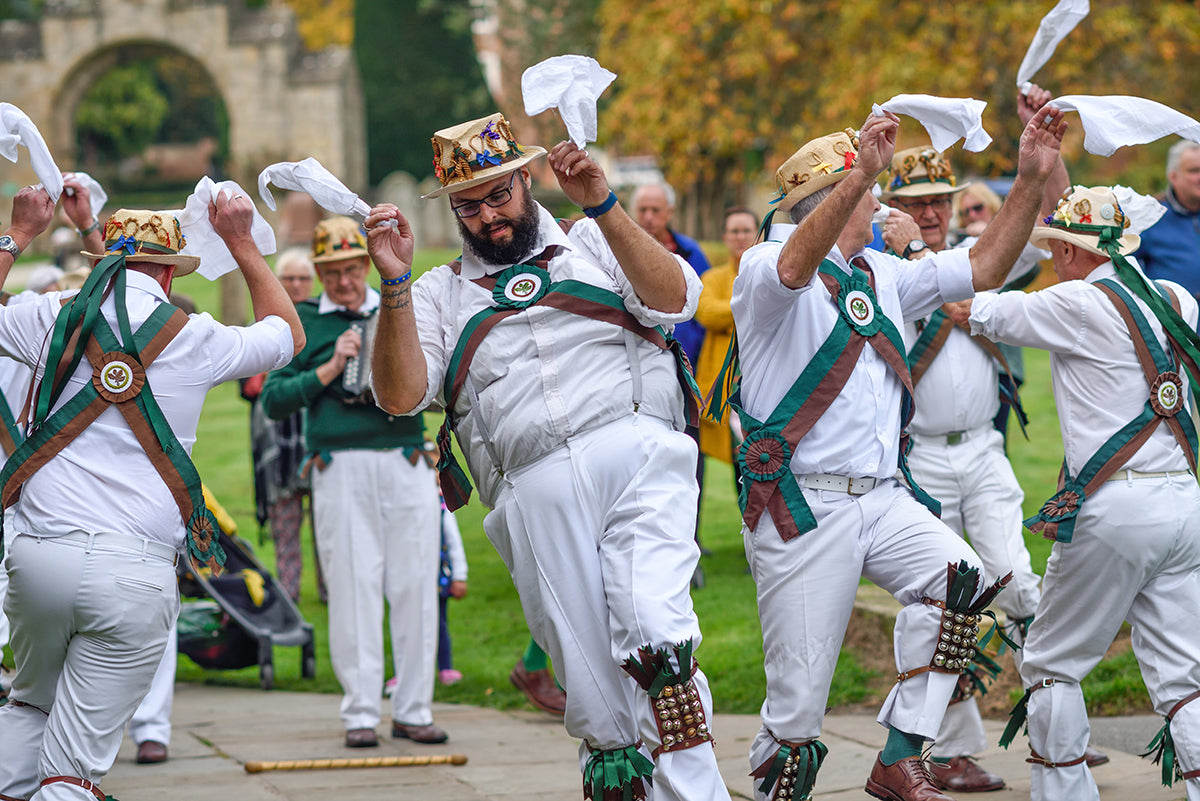May

May retains the vestiges of spring with late flowering tulips still holding court, while the summer perennials are starting to bulk up, flexing their muscles and annexing the surrounding soil. With the morning sun rising at 5:00am in most of England, sixteen hours of daylight is giving plants the energy and the impetus to grow apace, their freshness and fecundity celebrated by the Anglo Saxons who named the month Thrimilce meaning the month of three milkings - so rich and full were the pastures that the well-fed cattle would be milked three times in a day. Meadows become colonised with orchids, cowslips, buttercups, and cranesbill, the patchwork repeated in the country lanes and roadside verges.
The month of May is named after the earth goddess Maia who was thought to oversee the nurturing and growth of plants, and in the countryside maypoles are still danced around while Morris dancers travel from village to village clashing sticks and waving white handkerchiefs in celebration of May Day or Beltane, the pagan celebration of high spring and the coming of summer.
Early risers will have noticed the ever increasing volume and singing of birds in gardens and woods, something celebrated every year by International Dawn Chorus Day - the start of the month sees people throughout the world rising before sunrise to experience what is often said to be nature’s greatest symphony.
The Gloucestershire event of Cheese Rolling takes place this month. Dozens of competitors compete to chase a nine pound wheel of double Gloucester cheese down the 2 in 1 incline of Cooper’s Hill near Birdlip. The cheese can reach speeds of up to 70 miles per hour and numerous injuries are often suffered by competitors as they tumble and cartwheel down the hill. Officially an extreme sport it’s a tradition that stretches back hundreds of years with the first written record of it being made in the early 1800’s.
Gardeners spending time outside this month benefit from average temperatures of around 16 degrees and with fewer days of rain than any other, May is the driest month of the year. Don't however be totally fooled by the warm, dry, days, and enthusiastic birdsong - frosts can still strike and knock back the growth of carefully reared plants that have just been put out. Unexpected hailstorms in May can also cause irreparable damage to the soft foliage of recently unfurled leaves of hostas or rheum leaving them shot-holed or reduced to ribbons.
Gardeners Alan Titchmarsh, E.A. Bowles and botanist Carl Linnaeus were born in May.











